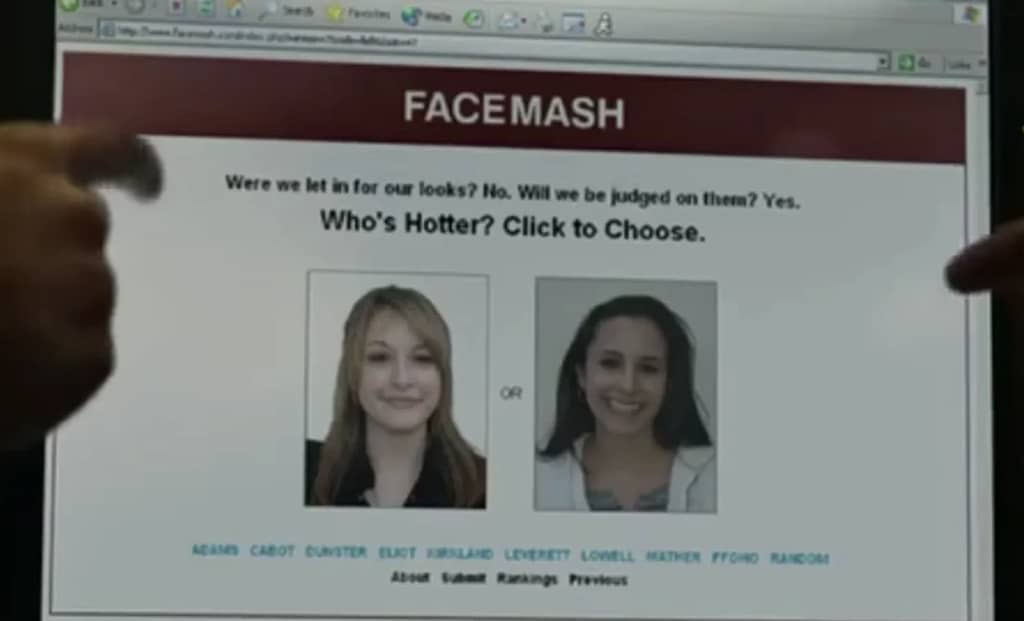Last Updated on 2025-02-20
Prototypes are incredibly helpful in designing software. We’ve listed the top prototype examples from the stories of today’s biggest tech companies.
Purpose of Prototypes
Software prototypes represent the primary functions and proposed user experience of a finished product. The development team can continuously improve and correct the product design through user testing.
The prototype could be as complex as a clickable prototype of the actual software, or it might be as straightforward as a thought scribbled on the back of a napkin. Depending on its objective, a prototype can represent an entire mobile app or just one specific digital interaction. Simply said, a software prototype is a basic product that closely mimics the look and feel of the finished software product.
Not all prototypes, however, fit the above descriptions. In fact, there are a lot of big brands that started out with completely different prototypes from what they are today. Here’s an in-depth look at how the most famous Tech brands built and gradually improved their products through prototyping.
Real Prototype Examples
To get a better idea of what software prototypes look like or how they are developed, let’s look at some examples of prototypes from some of the biggest names in the business.
Facebook was originally launched as FaceMash on October 28, 2003. Mark Zuckerberg wrote the website’s software during his second year of college. The website was designed as a sort of “hot or not” game exclusively for Harvard students. On the website, users may contrast the images of two pupils side by side and decide which one they thought was more appealing.

The website’s membership was initially restricted by its creators to Harvard students, but over time, it was opened up to other colleges in the Boston region. By September 2006, everyone with a working email address and the legal age of 13 or older could access it.
Facemash met controversies, allegedly using pictures without consent. In its first four hours online, Facemash drew 450 visits and 22,000 photo views. With its problematic nature, Facemash was eventually taken down, and Zuckerberg started coding a different social network.
The Facemash domain name was auctioned at a $35,000 price in 2010. Inspired by Facemash, Zuckerberg created a new version of it called “TheFacebook,” which eventually became the “Facebook” giant we know today.
Youtube
Youtube started out as an online dating service with the concept of “Tune In, Hook Up,” but the service failed to take off. However, it left behind a dynamic video and uploading platform.
The goal of the new business was to create a user-friendly video upload platform. The idea was that even non-tech-savvy people could publish, upload, view, and stream movies on common web browsers. An easy and straightforward video streaming platform became an ultimate hit for early internet users.

The early site from 2005 included only five videos, a search box, and a ton of video tags to explore. The original YouTube video player sported a large watermark of the company’s logo in the bottom right corner and had few controls. For instance, there was no fullscreen or timer button. Fans of the website, though, at the time, didn’t care.
YouTube used Flash to run videos smoothly on the browser. Compared to other video player plug-ins at the time, it was a lot simpler to use. The webpage was crowded with tabs and more content later in 2005.
In May 2005, when the site first went up on a limited (“beta”) basis, it started receiving about 30,000 visits every day. On December 15, 2005, YouTube made its formal debut, offering more than two million video views daily. In October 2006, Google revealed that it had paid an estimated $1.65 billion for YouTube.
We can trace Google’s website prototyping through its first online conception in 1996. Google began as a Stanford-hosted project called BackRub, named after the technology that examined back-links to assess website credibility. It initially operated on Stanford’s servers until it started taking up too much bandwidth. Eventually, it became a big hit and gained enough traction to require independent hosting and infrastructure.
BackRub was launched with two primary features that helped it produce high-precision results. It used the link structure of the web to calculate a quality ranking for each web page. This ranking is called PageRank. It used the said links to improve search results.

The BackRub search engine uses Java and Python. It ran on several Sun Ultras and Intel Pentiums with a Linux operating system. The primary database was at that time on a Sun Ultra II with a hard disk space of 28 GB.
Google’s founders intended for the search engine to process hundreds of millions of requests per day by the year 2000. It’s safe to say that the digital library has grown tremendously since its first target goal.
Amazon
Amazon.com was launched in July 1995. Its original logo was an abstract letter ‘A’ that had a winding river flowing through it. It showed the words “Amazon.com.” It had a muted gray color scheme which was common for most websites in 1995. As the story goes, it started out as a bookstore with the intention of becoming the biggest bookshop globally.

More than 1 million book titles were available from the company, far more than any rivals at the time. It included a basic search engine to aid in finding related books. Customers could also declare their favorite authors and books with the use of Amazon’s free “Eyes and Editors” subscription service.
Every time a new book was added to the catalog, Amazon would immediately email the customer to let them know. Also, Amazon’s review sections allow users to discuss books with other users from across the globe and leave comments on individual books.
On May 15, 1997, the company went public and raised $54 million in the process. The design and more user-friendly interface of the Amazon website underwent significant improvements. The addition of a left sidebar improved navigation and improved the usability of the website. To give users a sense of the bookstore, book covers, and reviews were included in the experience.
As Amazon continued to venture and expand into selling other products, its website had inevitably undergone significant changes. More pages and features were added to accommodate their growing listings. And today, the Amazon website stands as one of the biggest names in e-commerce.
Learn More about Prototypes
Want to learn more about software prototyping? Check out Full Scale’s other software prototyping blogs. We’ve compiled a lot of helpful prototyping trends and tools in our writeups. There are also some helpful articles on how to build and manage your software development team. Check out Full Scale’s blog to learn more.
Build Your Software Team with Full Scale
Need a team of Tech professionals? Full Scale can help!
We are experts when it comes to selecting and supervising a software development team. Our developers have worked on numerous software development projects for small and medium-sized businesses. Finding, employing, and retaining great tech experts is what we do.
If you’re considering starting a software development project, Full Scale can assist you in organizing and carrying out your ideas. Scale your business with us.
Build the best tech product with Full Scale now!

Matt Watson is a serial tech entrepreneur who has started four companies and had a nine-figure exit. He was the founder and CTO of VinSolutions, the #1 CRM software used in today’s automotive industry. He has over twenty years of experience working as a tech CTO and building cutting-edge SaaS solutions.
As the CEO of Full Scale, he has helped over 100 tech companies build their software services and development teams. Full Scale specializes in helping tech companies grow by augmenting their in-house teams with software development talent from the Philippines.
Matt hosts Startup Hustle, a top podcast about entrepreneurship with over 6 million downloads. He has a wealth of knowledge about startups and business from his personal experience and from interviewing hundreds of other entrepreneurs.





